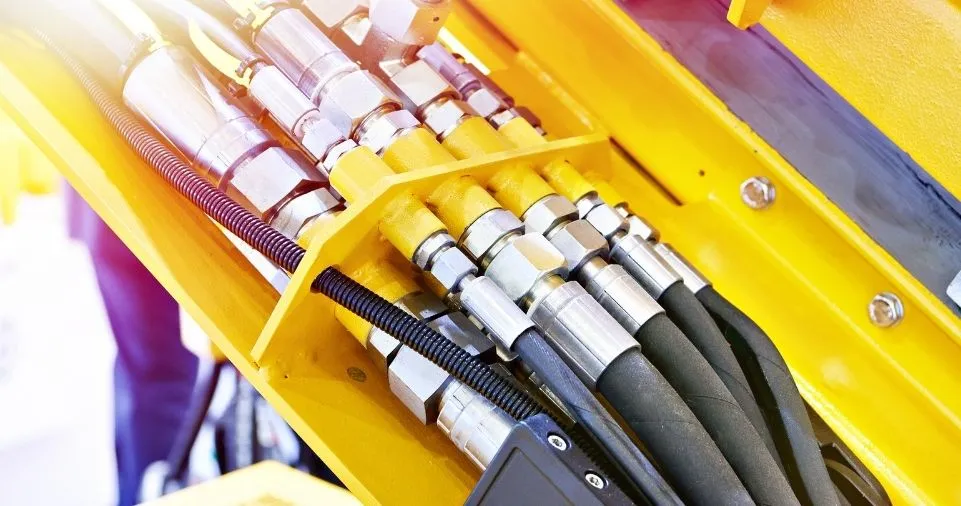Hundreds of miles distant from any major cell tower, just think of being able to connect and communicate from anyplace on Earth. The idea is the communication industry’s holy grail, and Starlink is subtly developing it.
It is not a simple task, though: one of the most difficult technical challenges of all time, utilizing the same service to connect a smartphone or any other device promptly and consistently, no matter where the user is, has evaded inventors throughout history.
But a new technology called Direct-to-Cell, spearheaded by Starlink and supported by startups, is attempting to do precisely that. If testing is successful, it has the potential to transform your smartphone into an antenna, replacing the need for large amounts of gear in traditional networks.
Key Takeaways
- Starlink is launching Direct-to-Cell (DtC) satellites to provide global connectivity, even in remote areas.
- DtC can currently send text messages using existing phones, and Starlink plans to offer voice, data, and IoT by 2025.
- Starlink’s unique model with SpaceX allows them to build the DtC network first, overcoming limitations in phone technology.
- By launching DtC satellites now, Starlink positions itself as the leader in future global communication.
Starlink Launches 13 More New Direct-To-Cell Satellites
Direct-to-Cell (DtC) is a new and experimental concept that at the time still faces a long road ahead for it to become fully viable. However, this is not stopping Elon Musk‘s company hitting the ground running like no other company in the development of DtC.
On Tuesday, June 18 at 8:40 pm, SpaceX launched a Falcon 9 from Vandenberg Space Force Station in California. The rocket carried 20 Starlink satellites. Thirteen of those satellites are equipped with DtC capabilities.
But these are not the first DtC Starlink satellites that reach Earth’s orbit. Just ten days before, on June 8, Starlink put another 20 satellites in orbit, 13 of those were are also DtC satellites.
The question is, if DtC is not yet to play in the real world, why is Starlink launching these satellites? The answer? Starlink has a plan and keeps most of it close to its chest.
ALSO READ:
- MOONS’ INDUSTRIES’ MOTORS FOR ROBOTIC APPLICATIONS
- Troubleshooting the macOS Error: errordomain=nscocoaerrordomain&errormessage=could not find the specified shortcut.&errorcode=4
- Roth IRA Calculator: Calculate Your 2023 Contribution
- Eleven Tips for Troubleshooting Software
- SpaceX dominating worldwide spacecraft launches by tremendous margin, statistics show
DtC Text Tech Tested and Operating: ‘Voice and Data in 2025’, Starlink Says
Using one of their first DtC satellites, Starlink declared on January 8 that they had successfully transmitted and received their first text messages. Though it could have been too sophisticated for widespread media attention, the announcement represents a significant step forward in the development of global connectedness.
The original communications were carried over the T-Mobile network spectrum, but according to Starlink, its DtC now gives users access to a global provider network that includes T-Mobile, Optus, Rogers, One NZ, KDDI, Salt, and Entel.
Techopedia met with Miles Ward, CTO of SADA, a business looking into DtC partnerships to offer edge computing services in the industry. Ward discussed DtC and Starlink’s approach.
According to Ward, there will be less of a distinction in the user experience between satellite and terrestrial connectivity as DtC technology advances.
According to Starlink, by 2025, its DtC satellites will be able to connect IoT devices and send and receive voice and data to every location in the world, even dead zones (areas without service).
Turning Your Phone into A Powerful Antenna
The biggest roadblock the industry has faced when developing DtC, has always been developing smartphones (with special hardware and software) capable of ‘acting as an antenna’. Ward from SADA broke it down for us.
However, Starlink has found a way around the problem. Its DtC tech works on any cell phone without needing new hardware, upgrades, or any special app. The technology uses standard LTE/4G protocols.
It is unclear whether Starlink DtC can handle 5G, but scaling to 5G and even 6G could be possible, thanks to hardware virtualization and Starlink’s model and resources.
According to Ward, “Starlink definitely intends to replace satellites on a regular basis due to their LEO design.” Because of SpaceX, the cost profile for launching new satellites is so cheap that their lifespan is intended to be quite brief. They are in a unique position to enable additional capabilities, should new hardware be needed.
As stated by Starlink, these satellites are capable of managing timing delays, Doppler shift, and satellite handoffs.
It is anticipated that SpaceX will launch a constellation of DtC-capable Starlink satellites; however, it is unclear how many of these satellites would need to circle the planet in order to offer worldwide coverage.
It’s possible that the DtC gear from Starlink, which is now in space, was built to virtually grow to voice, data, and Internet of Things.
This suggests that while virtual software improvements might enable the business to offer complete communications services, including video, data, and IoT automation and operation, hardware technology changes could not have a major impact.
Starlink Establishes The DtC Beachhead
By early 2024 Starlink had deployed over 5,000 satellites, an incredible number considering launches began only a couple years ago. Starlink also leverages all its existing networking, ground stations, and Points of Presence (PoPs) to support DtC. DtC data travels over Starlink’s core directly to the operator’s core, providing a seamless integration
The company serves more than 2.3 million customers across the world, but having a monopoly on DtC tech could elevate the brand to a whole new level, becoming a service of significant value for billions of people around the world.
Ward from Sada said that the first generations of systems will teach us enormously about the next generations.
David Nicholson, Chief Research Officer at The Futurum Group, a family of companies with leading tech analysts offering insights and market research to C-Suite executives, told Techopedia that DtC is in its “early days.”
The Bottom Line
Starlink is positioning itself as the front-runner in the field of future global connection with its aggressive deployment of Direct-to-Cell (DtC) satellites. Even though the technology is still in its infancy, Starlink has already surmounted a significant obstacle by integrating text messaging with popular cellphones.
Due to its distinct positioning, which includes its constellation of satellites, pre-existing network infrastructure, and affordable launch prices via SpaceX, Starlink is able to avoid the issues that impede DtC development.
Voice, data, and possibly IoT capabilities may all be effortlessly integrated with Starlink’s DtC service. This has the potential to transform networking and provide billions of people ubiquitous access.







